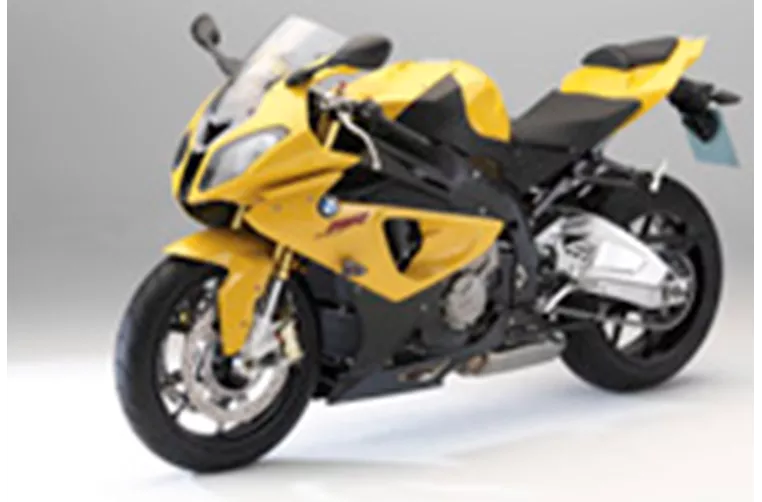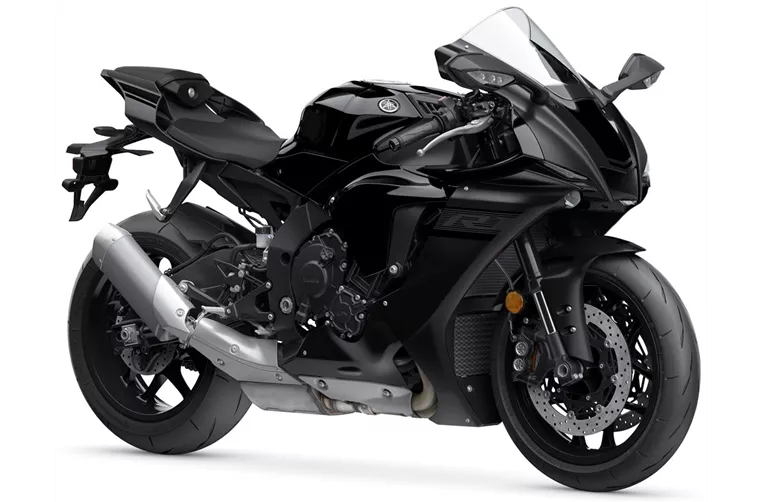BMW S 1000 RR 2011 vs. Yamaha R1 2020

BMW S 1000 RR 2011
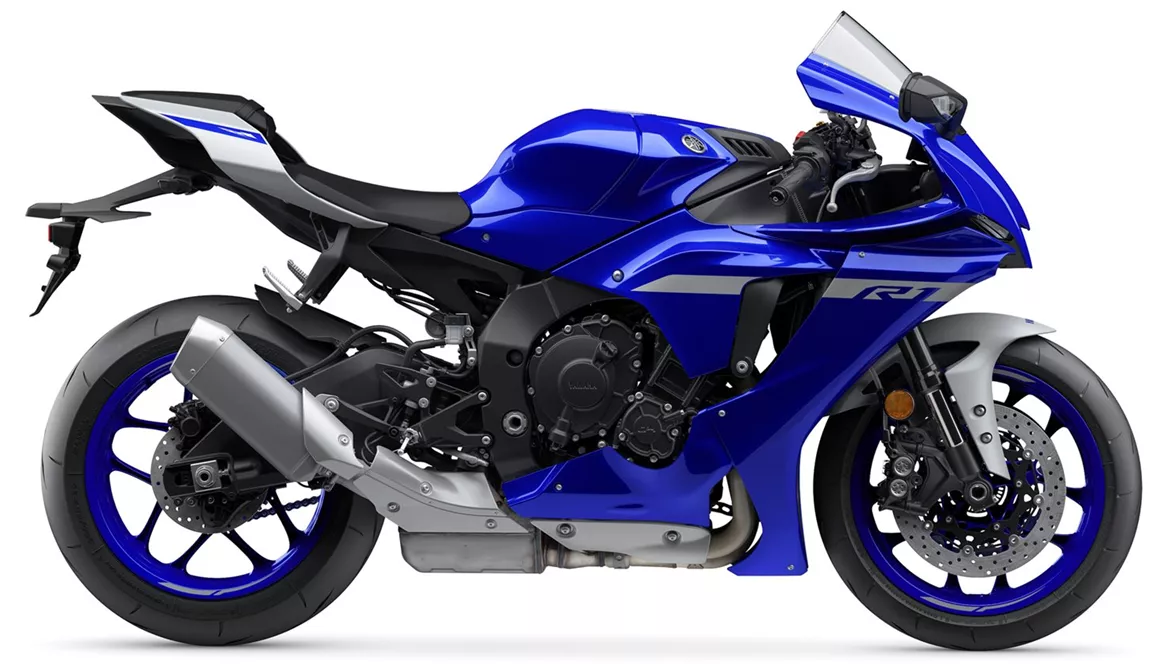
Yamaha R1 2020
Overview - BMW S 1000 RR 2011 vs Yamaha R1 2020
The BMW S 1000 RR model year 2011 and the Yamaha R1 model year 2020 are both highly regarded supersport motorcycles. While they share many similarities in terms of engine specifications, frame type, and braking system, there are some notable differences between the two.
In terms of engine performance, the BMW S 1000 RR 2011 is equipped with a 999cc engine that delivers 192 horsepower and 112 Nm of torque. On the other hand, the Yamaha R1 2020 features a slightly smaller 998cc engine but produces a higher power output of 200 horsepower and 112.4 Nm of torque. Both bikes have a compression ratio of 13 and four cylinders, ensuring a high level of performance.
When it comes to suspension, the BMW S 1000 RR 2011 is equipped with a telescopic fork front suspension, while the Yamaha R1 2020 features an upside-down telescopic fork front suspension. This difference in suspension design may result in variations in handling and ride comfort.

BMW S 1000 RR 2011
In terms of chassis, both bikes feature an aluminum frame, which provides a good balance between rigidity and weight. However, the BMW S 1000 RR 2011 has a twin-tube frame, while the Yamaha R1 2020 utilizes a Deltabox frame. The choice of frame design may affect the overall handling and stability of the motorcycles.
Both bikes feature double disk front brakes, providing ample stopping power. However, it is worth noting that the Yamaha R1 2020 has been reported to have slightly less satisfactory braking performance on the race track compared to the BMW S 1000 RR 2011. This could be a potential weakness for riders who prioritize track performance.
In terms of dimensions and weights, the Yamaha R1 2020 has a slightly shorter wheelbase of 1405mm compared to the BMW S 1000 RR 2011's 1432mm. The seat height of the Yamaha R1 2020 is also higher at 855mm compared to the BMW S 1000 RR 2011's 820mm. Additionally, the Yamaha R1 2020 has a slightly lower kerb weight of 199kg with ABS compared to the BMW S 1000 RR 2011's 207kg with ABS. Both bikes have a similar fuel tank capacity, with the BMW S 1000 RR 2011 having a slightly larger capacity of 17.5 liters compared to the Yamaha R1 2020's 17 liters.
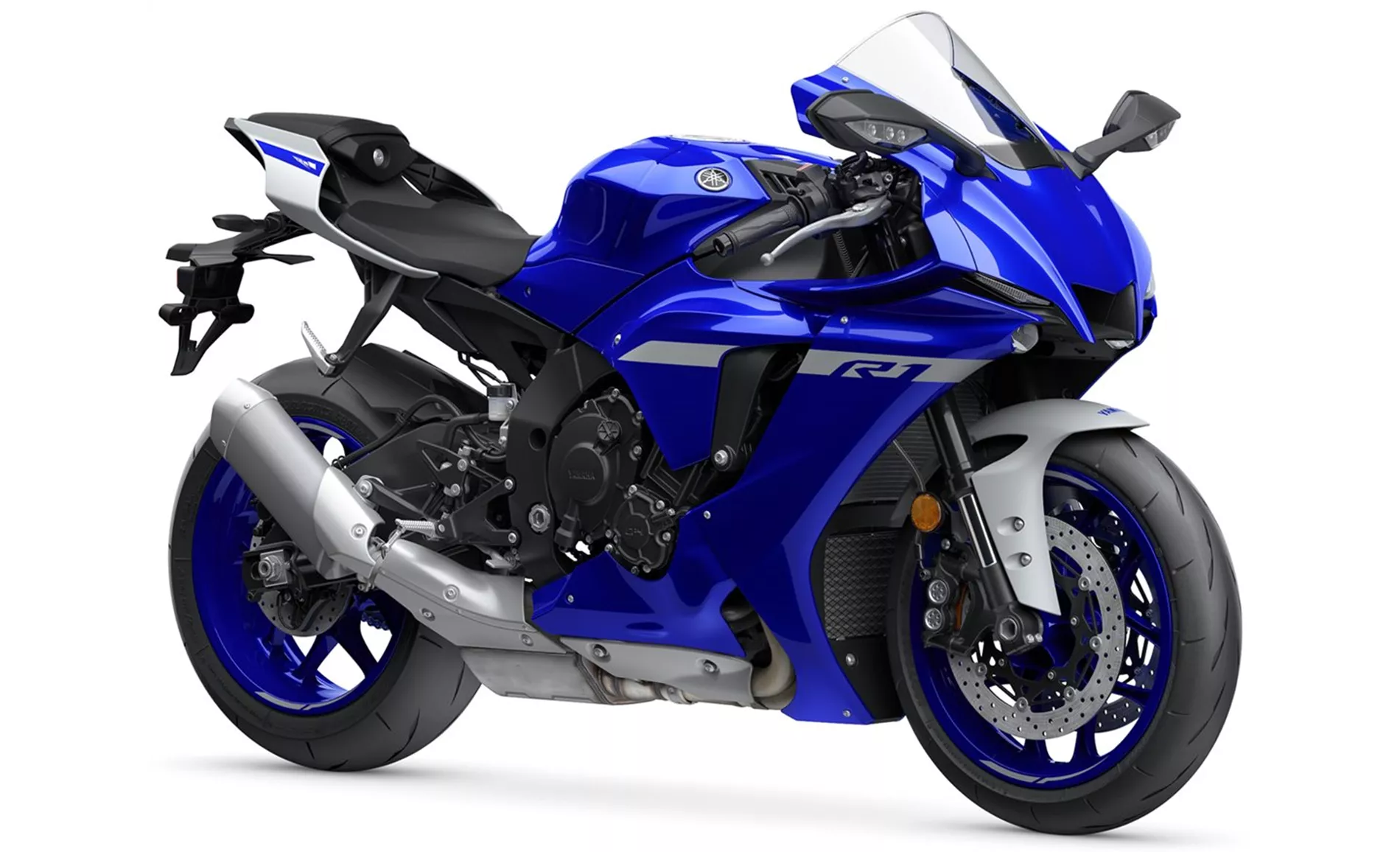
Yamaha R1 2020
In terms of strengths, the BMW S 1000 RR 2011 offers improved driveability with an optimized torque curve, plenty of power, a strong engine, and a good traction point. It also features an immaculately functioning shift assist, which enhances the overall riding experience. On the other hand, the Yamaha R1 2020 is praised for its powerful engine, clean response, great sound, stable chassis, high-quality electronics, and wonderfully noble overall impression.
In terms of weaknesses, the BMW S 1000 RR 2011 has been reported to have a fatiguing accelerating load, which could be a drawback for riders who prefer a smoother and less demanding acceleration experience. The Yamaha R1 2020 has been noted to have brake performance that is not 100 percent satisfactory on the race track, which could be a concern for riders who prioritize track performance and require precise and consistent braking.
Overall, both the BMW S 1000 RR 2011 and the Yamaha R1 2020 are high-performance supersport motorcycles with their own unique strengths and weaknesses. The choice between the two ultimately depends on the rider's preferences and priorities, whether it be power, handling, braking, or overall riding experience.
Technical Specifications BMW S 1000 RR 2011 compared to Yamaha R1 2020
Pros and Cons in comparison
Pros and Cons in comparison
BMW S 1000 RR 2011
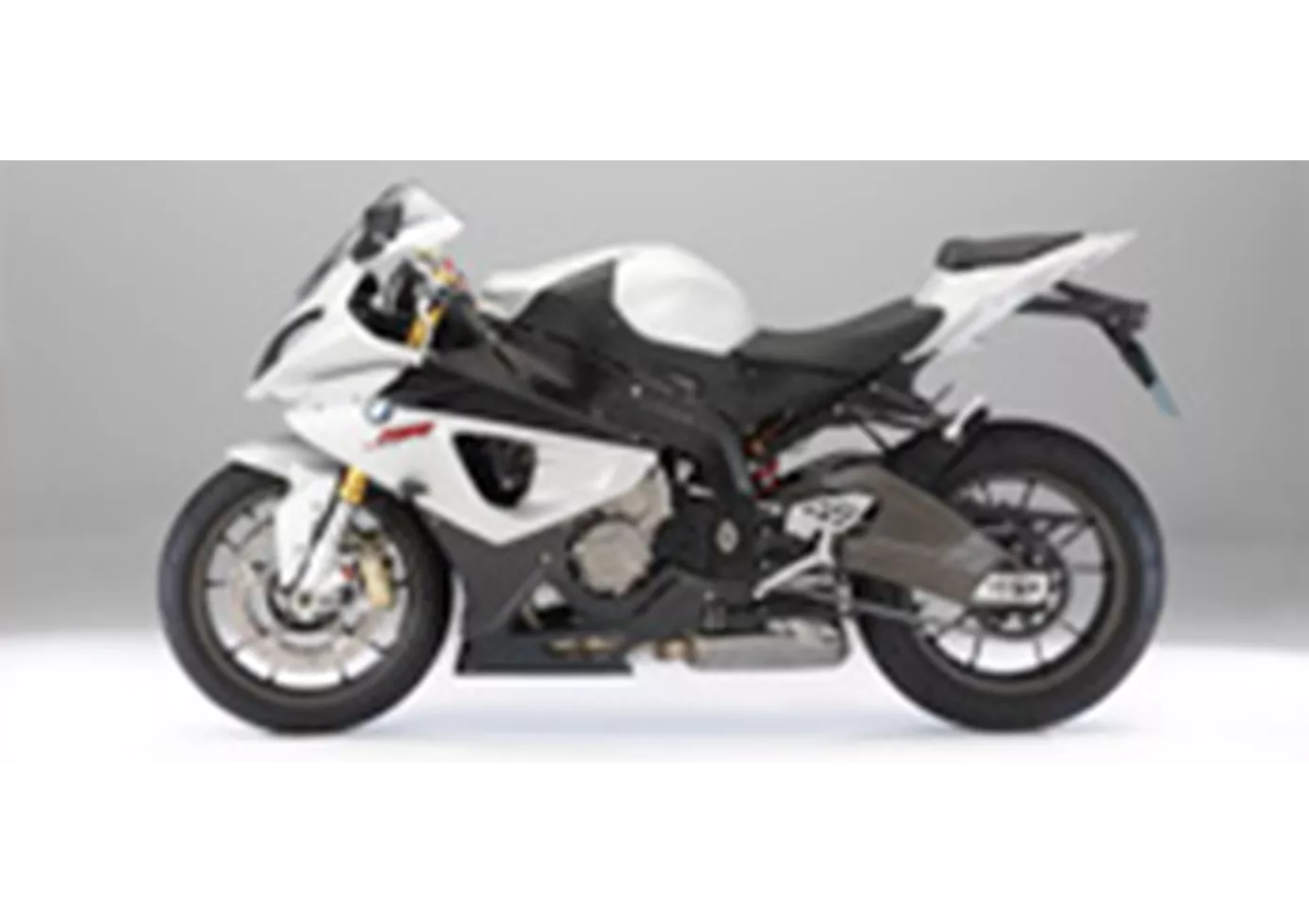
The most important changes to the S 1000 RR, however, were the numerous small adjustments to the chassis and geometry. Here we now benefit from thousands of test kilometres from the BMW test crew. This is logical evolution and a great step forward.
Yamaha R1 2020
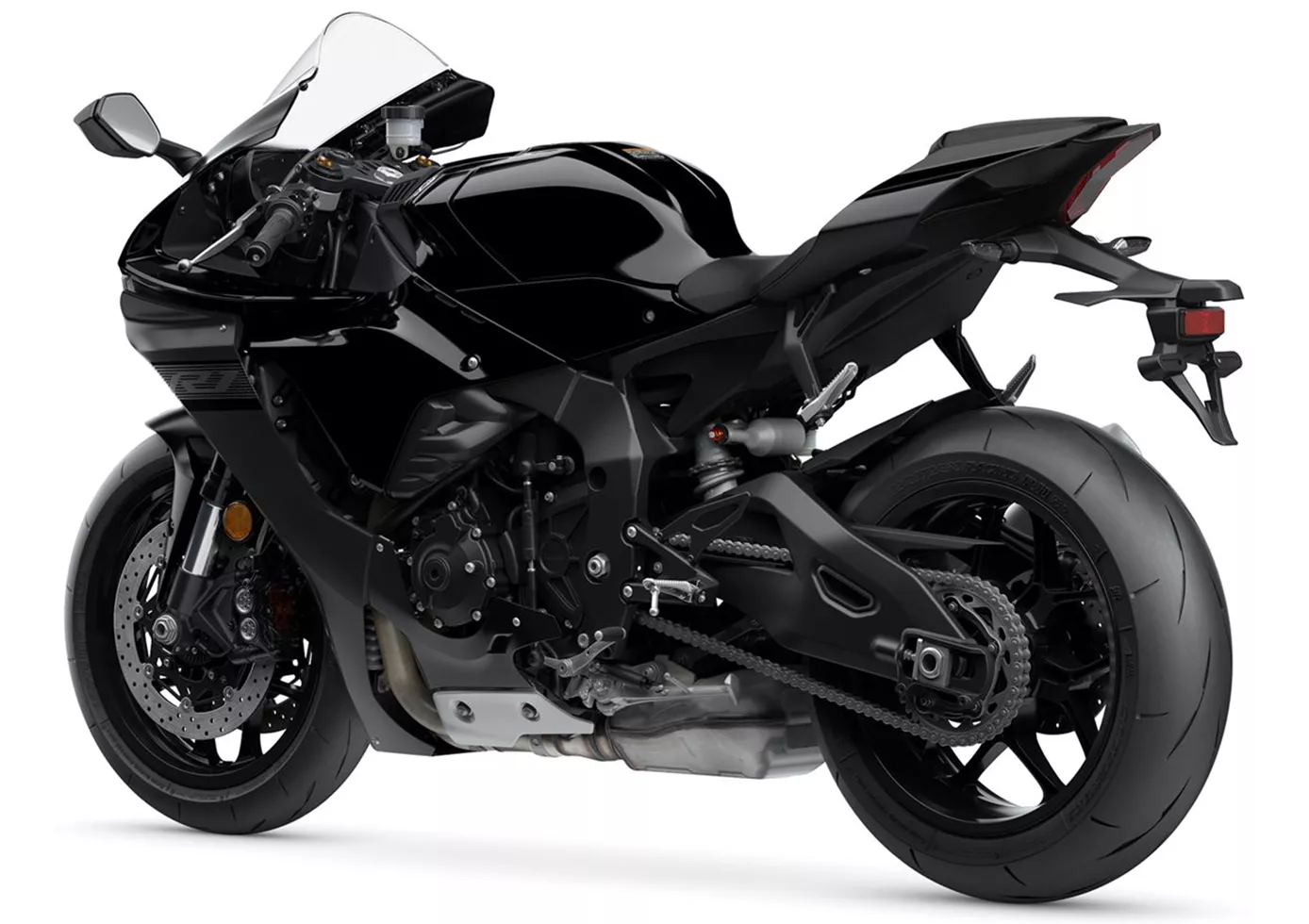
The Yamaha YZF-R1 is mature and makes countless racetrack pilots happy. The engine shines with lightness and agility, the seating position surprises positively and the handling is radical but still "suitable for the masses". The machine immediately stands out visually and also because of the heart-warming sound. Especially on the country road, the bike scores with its well-known strengths: great engine, great electronics, great package! A real pleasure to ride!
Price Comparison Avarage Market Price BMW S 1000 RR vs Yamaha R1
There are a few key differences between a BMW S 1000 RR 2011 and a Yamaha R1 2020. In terms of price, the actual average price of a Yamaha R1 2020 is about 113% higher. A BMW S 1000 RR 2011 experiences a loss of 1,610 GBP in one year of ownership. This is offset by a loss of 1,250 GBP for a Yamaha R1 2020. Compared to Yamaha R1 2020 there are less BMW S 1000 RR 2011 bikes available on the 1000PS.de Marketplace, specifically 5 compared to 9. It takes less time to sell a BMW S 1000 RR with 47 days compared to 86 days for a Yamaha R1. Since model year 2010 1000PS.de editors have written 135 reviews for the BMW S 1000 RR and 80 reviews for the Yamaha R1 since model year 2005. The first review for the BMW S 1000 RR was published on 16/04/2008 and now has more than 4,000 views. This compares to more than 3,900 views for the first review on Yamaha R1 published on 28/04/2003.
